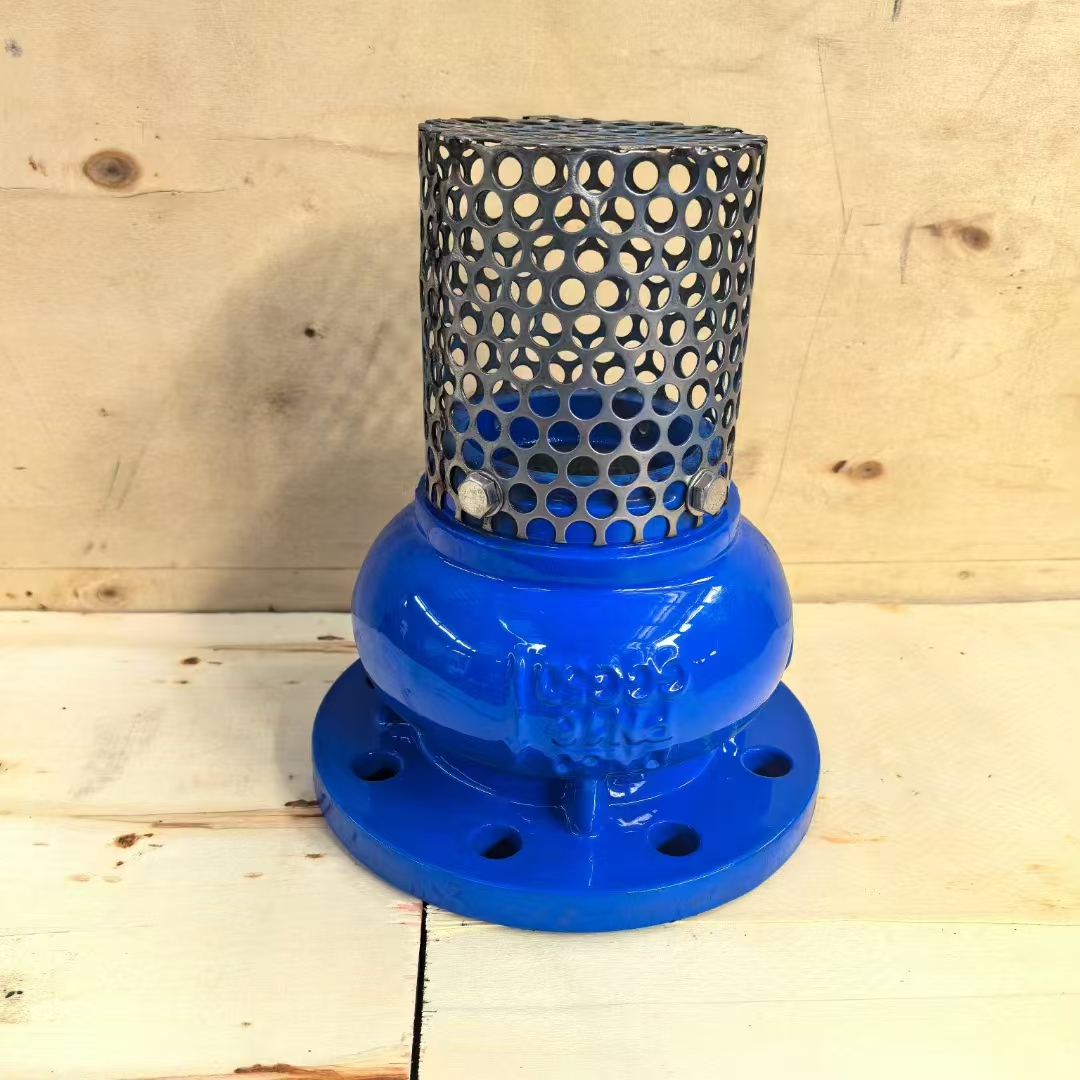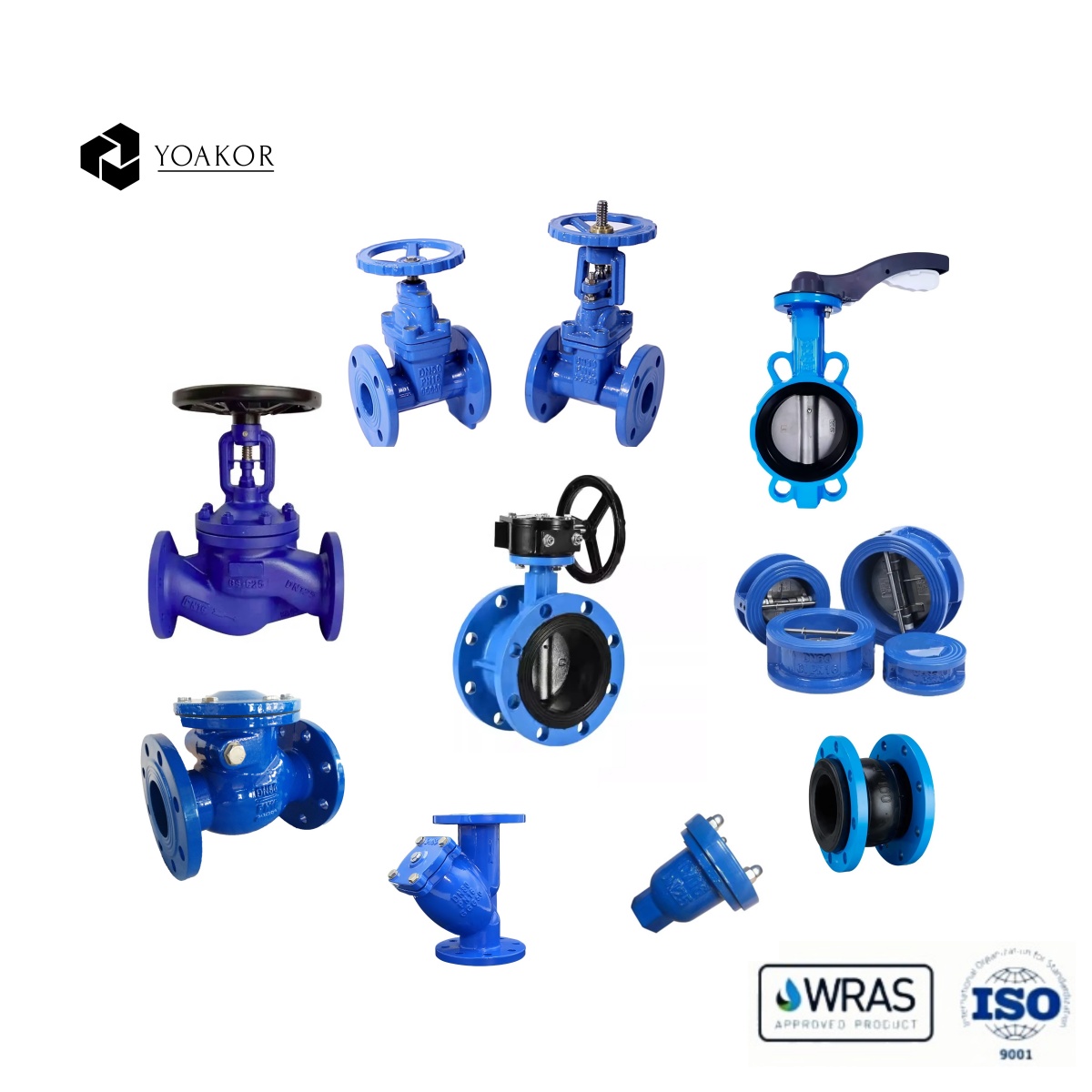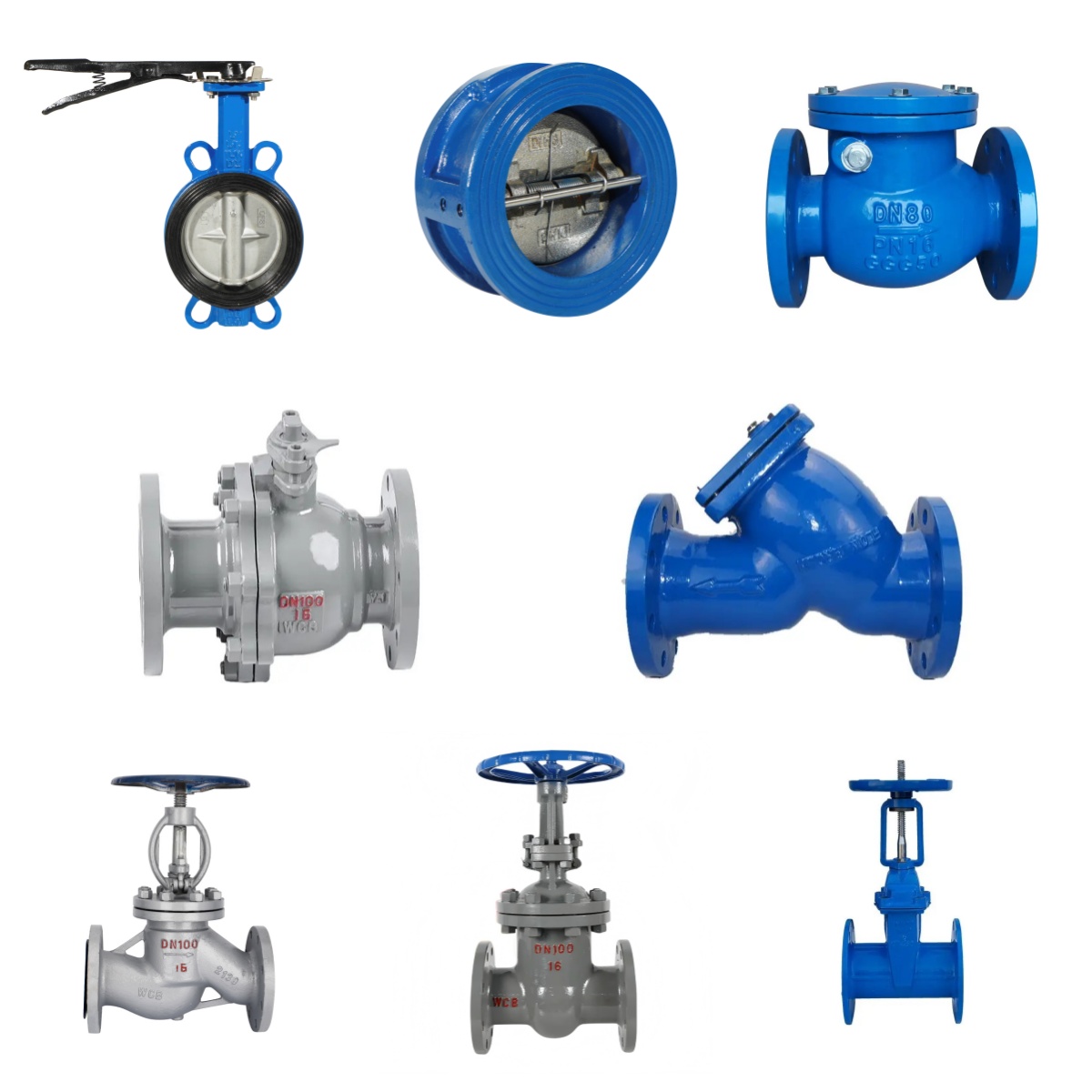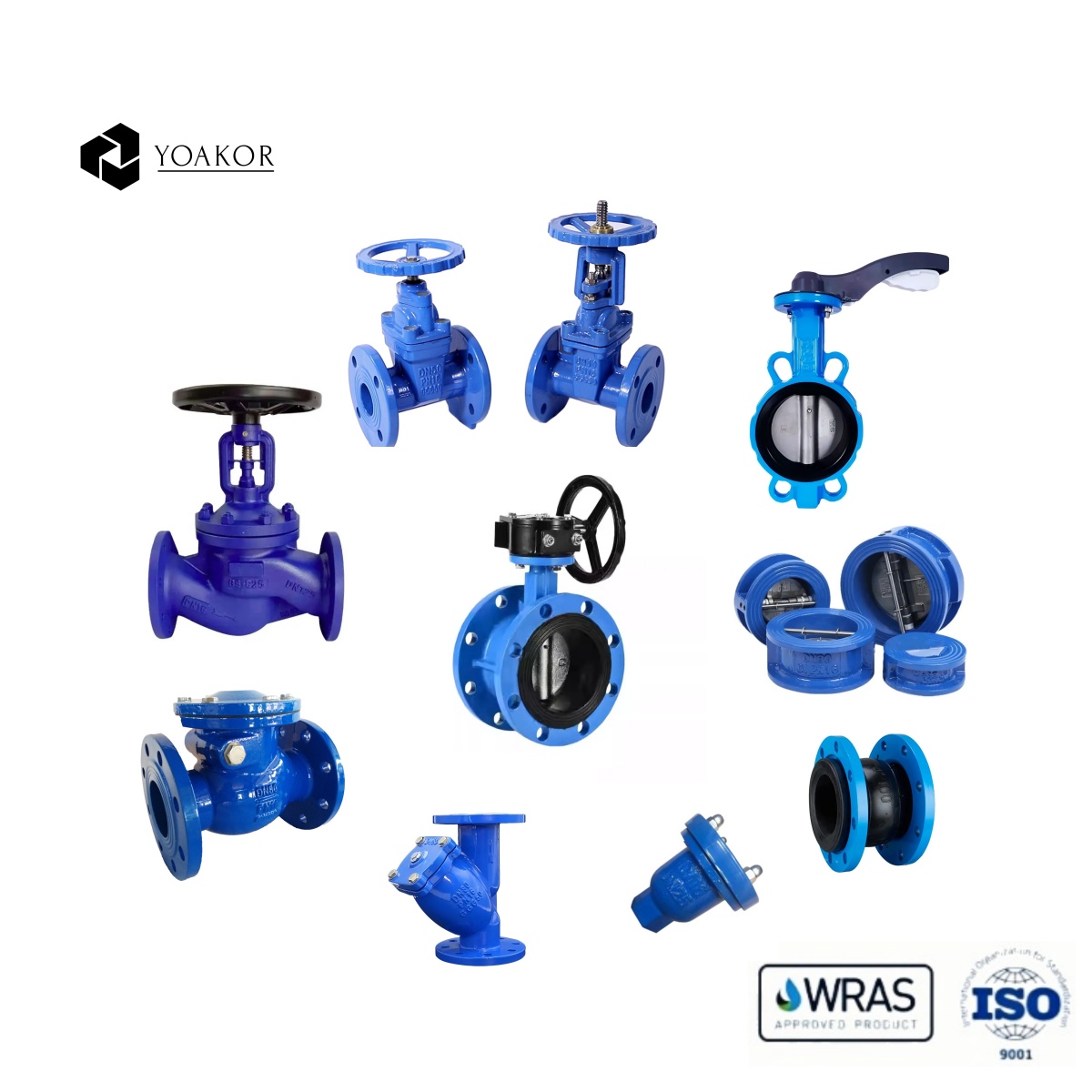As a vital component in the pipeline system, the valve controls the direction, pressure, flow and other parameters of the fluid. The correct selection of valves can not only ensure the normal operation of the pipeline system, but also improve the efficiency and safety of the system. The following is a detailed valve selection guide to help you make wise decisions when choosing valves.
1. Clarify the purpose and working conditions of the valve
Determine the purpose: First, clarify the specific purpose of the valve in the equipment or device, such as shutoff, regulation, check, etc.
Working conditions: Understand the key parameters such as applicable media (such as water, steam, oil, corrosive media, etc.), working pressure, working temperature, etc.
2. Determine the connection method and pipeline specifications
Connection method: Determine the connection method of the valve according to the pipeline system. Common ones include flange connection, threaded connection, welding connection, etc.
Pipeline specifications: Determine the nominal diameter (DN) of the pipeline connected to the valve, and whether a specific length of valve is required to adapt to the installation environment.
3. Select the type and type of valve
Valve type: Select closed-circuit valves (such as gate valves, stop valves), regulating valves (such as regulating valves, pressure reducing valves), safety valves (such as safety valves, steam traps), etc. according to needs.
Valve type: Specific types include gate valves, stop valves, ball valves, butterfly valves, etc. Each valve has its own unique structure and applicable scenarios, and needs to be selected according to actual needs.
4. Consider material and sealing performance
Material selection: Select appropriate valve body material and sealing material according to the properties of the medium (such as corrosiveness, temperature, pressure, etc.). Common materials include cast iron, cast steel, stainless steel (201, 304, 316, etc.), plastic, etc.
Sealing performance: Sealing performance is one of the important indicators of valves, and it is necessary to ensure that the valve can maintain a good sealing effect under different working conditions.
5. Pay attention to operation and control methods
Operation method: Select manual, electric, pneumatic, hydraulic and other driving methods according to actual needs. For occasions requiring remote control, electric or pneumatic valves should be given priority.
Control method: For valves that require precise control, such as regulating valves, it is necessary to pay attention to parameters such as adjustment accuracy and response speed.
6. Check appearance and quality
Appearance inspection: When purchasing, the valve surface should be free of defects such as sand holes and cracks; the electroplated or sprayed surface should have a uniform gloss without peeling, cracking, etc.
Quality certification: Try to choose products with quality certification, such as ISO certification, CE certification, etc., to ensure reliable product quality.
7. Consider other additional requirements
Service life: Consider the service life and maintenance cycle of the valve according to system requirements.
Explosion-proof performance: For flammable and explosive media, it is necessary to pay attention to the explosion-proof performance of the valve.
Installation and maintenance convenience: Choose valves that are easy to install and repair to reduce subsequent maintenance costs.








